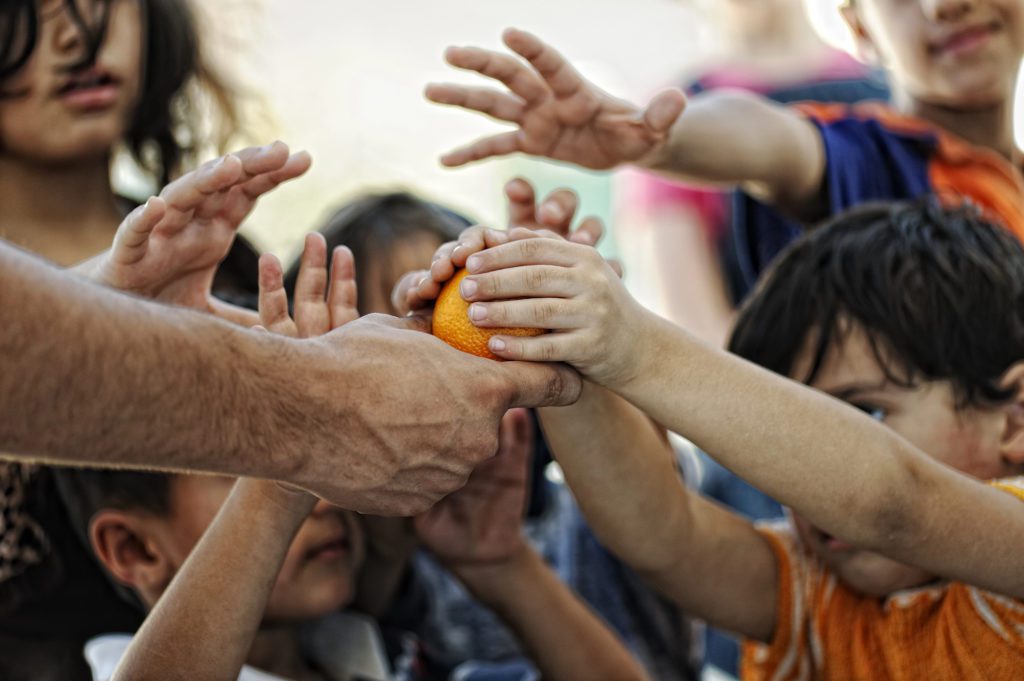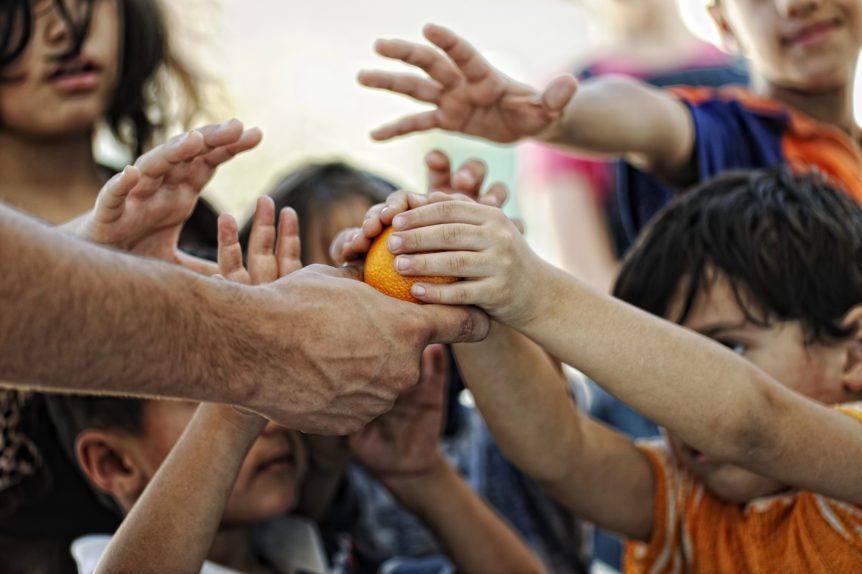
The U.S. Census Bureau’s latest report, Poverty in the United States: 2023, highlights a significant trend: in 46 states and the District of Columbia, the child Supplemental Poverty Measure (SPM) rate was lower than the official poverty rate among children. Only California, Maryland, Massachusetts, and New Jersey saw no significant statistical difference between the two rates.
The SPM and the official poverty rate offer different perspectives on child poverty. While the official measure focuses on basic income thresholds, the SPM includes factors like tax credits (such as the Child Tax Credit), necessary expenses, and variations in housing costs. The SPM also accounts for the effects of government aid programs on low-income families, painting a broader picture of economic hardship and assistance.
For the years 2021 to 2023, the national average child official poverty rate was 15.1%, while the SPM averaged 10.4%. In 2021, the child SPM rate fell to a record low of 5.2%, thanks to the expanded Child Tax Credit, which expired in 2022, causing the rate to climb to 13.7% by 2023.

Sabrina Halvorson
National Correspondent / AgNet Media, Inc.
Sabrina Halvorson is an award-winning journalist, broadcaster, and public speaker who specializes in agriculture. She primarily reports on legislative issues and hosts The AgNet News Hour. She was recently named the 2024 Farm Broadcaster of the Year by the National Association of Farm Broadcasting and serves as a Council Member on the World Agriculture Forum. Sabrina is a native of California’s agriculture-rich Central Valley and now divides her time between California and North Dakota.










